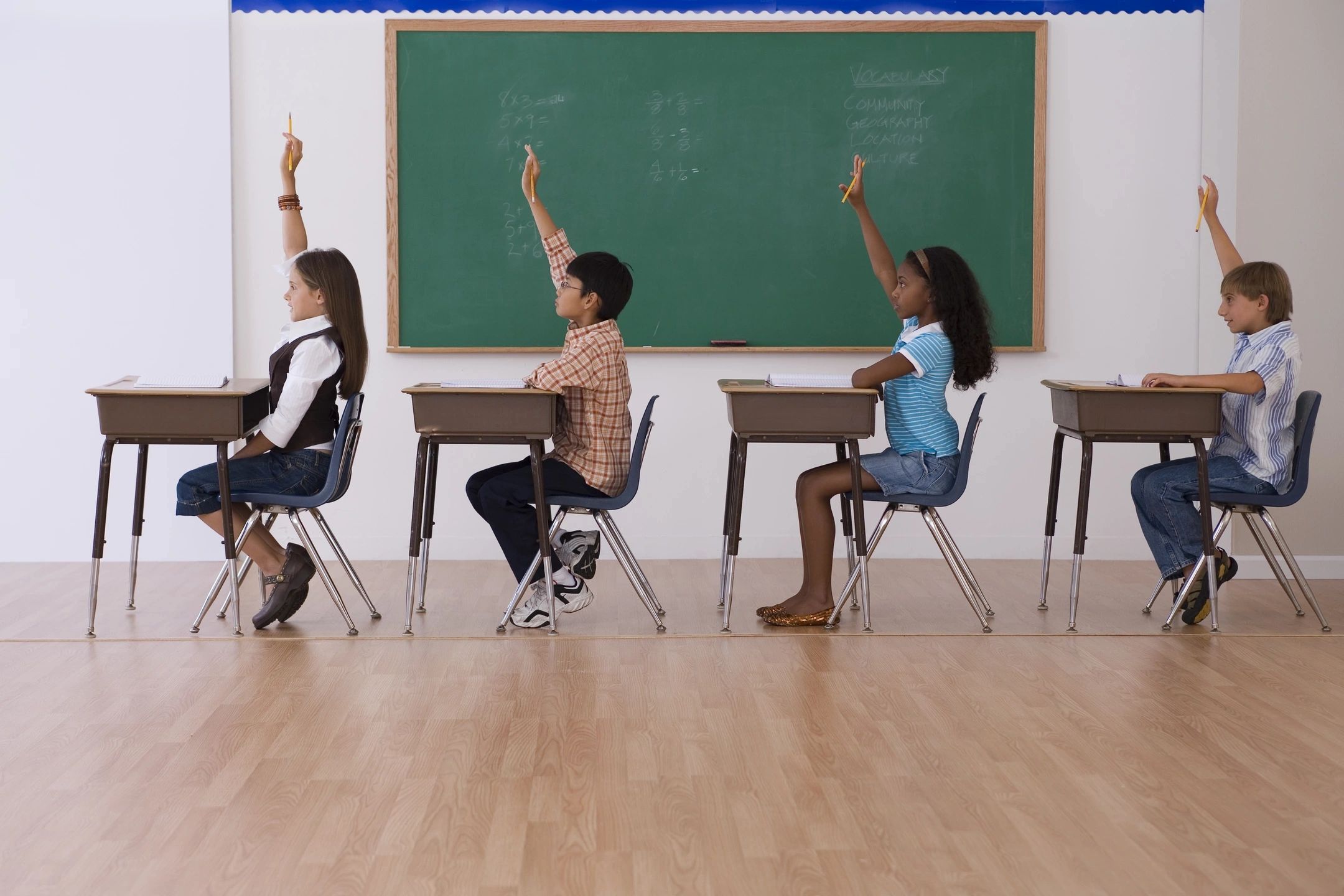Lifting restrictions on businesses allows them to reopen to customers, but it doesn’t require them to do so, and it doesn’t require customers to patronize them.
In Georgia, for example, many small businesses told local media that they don’t plan to reopen, though they have the freedom to do so.And states like Montana that have eased business restrictions have still maintained limits, like banning crowds of more than 50 people and requiring minimum distances between work stations and tables. But school attendance is compulsory. And—even though children appear to be less likely to have symptomatic cases of the coronavirus—families may be hesitant to send them to a building with hundreds of their peers each day where they could become ill or carry the virus back home to more vulnerable family members. Across the country, state leaders have suggested schools won’t return to “normal” if they reopen their buildings in the fall. In California and Colorado, for example, governors have urged schools to consider how they can promote social distancing in classrooms and avoid crowds in cafeterias. New Jersey Gov. Phil Murphy suggested this week that students may have to wear masks when they return to school.
In many states, families won’t send students back to schools until the fall.
According to Education Week’s tracker, 41 states, three U.S. territories, and the District of Columbia have ordered or recommended school building closures for the rest of the academic year. Backtracking on those announcements would be extremely challenging for schools and families. But, even in states that have left the door open for schools to welcome students back this academic year, the process wouldn’t be easy. Many schools, concerned about contagion, have restricted staff access to buildings since they closed them to students. Before reopening, they would have to complete time-consuming cleaning. That would give teachers and students very little time to get back into a learning routine before their regular school years are scheduled to end, said Noelle Ellerson Ng, the associate executive director of advocacy and governance for AASA, the School Superintendents Association. For some schools, the question of reopening will focus on whether to offer extended summer school to make up for lost learning time, not whether to fulfill the current school calendar in person. And some are considering an early start to the next school year: Mississippi State Superintendent Carey Wright said in a USA Today interview that she hoped the state would reopen schools in late July, after the summer break but before schools typically start in mid-August. Montana districts originally scheduled their last days of school for late May. Even if they decide to reopen, they would have to extend the school year to get more than a few weeks of in-person class time. Leaders of the state’s largest districts posted messages online Wednesday outlining plans to take the decision to their school boards, but some were already considering remaining online, even before Bullock’s announcement.






